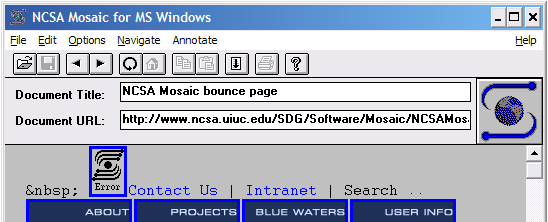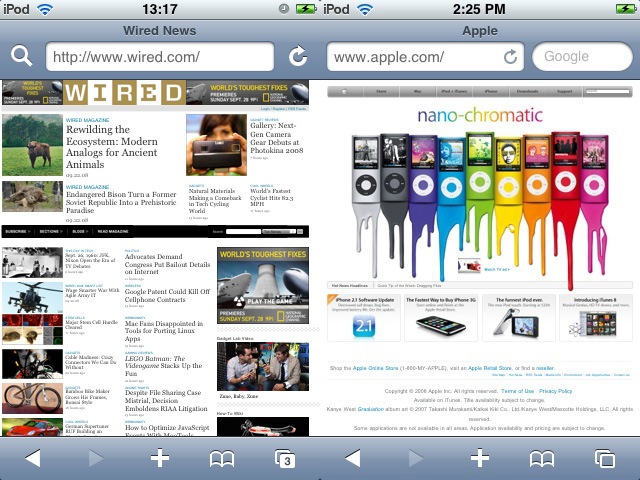It’s becoming clear to me that despite Apple having a huge chunk of the mobile web, it still treats the web as a second class citizen on iOS and Mac OS X. My latest battle is adaptive images, in particular for use in High DPI devices (“Retina” on the Mac). High DPI displays are awesome. I own an iPad 3, and it’s one of the greatest displays I’ve ever looked at. What I don’t get is why Apple is making it so difficult to take advantage of as a developer.
Currently, there’s no easy way to switch image resolutions based on the display being used. The basis of that isn’t Apple’s fault. Nobody thought of the problem when HTML was first created. All of the methods have ugly tradeoffs. They are hacks. Even Apple.com doesn’t have a great solution. They were doing image replacement (easier to read version here). Apple does however have a solution called image-set which looks like it will be in iOS 6 and Mac OS X 10.8.
That’s several months later. The iPad 3 was announced March 7, which was only about 2 weeks after the initial proposal. Why wasn’t a solution for web authors included when the iPad 3 shipped? It seems silly that there’s no API to properly interface with one of the most touted features of the new device. Of course there’s a way to take advantage of that brilliant display if you build a native app.
You could argue that Apple didn’t want to rush implementing something proprietary without discussing it with the community at large, but Apple has said in the past:
tantek (Mozilla): I think if you’re working on open standards, you should propose your features before you implement them and discuss that here.
smfr (Apple): We can’t do that.
sylvaing (Microsoft): We can’t do that either.
So Apple is pretty candid about reserving the right to implement features without discussion, yet nothing happened. It’s not that such a discussion would have been a “leak”. The iPhone 4’s display would be adequate justification for the feature. In fact it’s mentioned in the first sentence of that proposal in www-style by Edward O’Connor. So not disclosing the new product doesn’t seem to be the reason either. Apple could have done this a year ago without anyone being any wiser about the iPad 3’s display.
I can’t be the only one who’s scratching his head over this. Why didn’t the iPad 3 ship with a browser capable of providing an efficient way to switch images? The cynic in me would say “to encourage native app development”, but then why bother now?
The upside is Apple products have high OS adoption rates. All those retina iPad 3’s will be running iOS 6 relatively quickly. If it were a popular Android device I’d be much more concerned because we’d be dealing with 2 years of devices on a stale OS with no support. This is why we need more competition in mobile. We need web solutions to be a priority, not an afterthought.
As far as I’m aware image-set is also prefixed, but that’s another rant.


 Another concept I’d really love to see and experiment with is a dual screen format. Similar to that of the Nintendo DS. This would be perfect for a flip phone style smart phone. As phones can be made thinner folding them over is an option to keep the physical device small enough for portability but the display size can then be doubled. By the time the iPhone can be made half the thickness (remember the iPod G1 was much thicker than it is now) this is feasible.
Another concept I’d really love to see and experiment with is a dual screen format. Similar to that of the Nintendo DS. This would be perfect for a flip phone style smart phone. As phones can be made thinner folding them over is an option to keep the physical device small enough for portability but the display size can then be doubled. By the time the iPhone can be made half the thickness (remember the iPod G1 was much thicker than it is now) this is feasible.